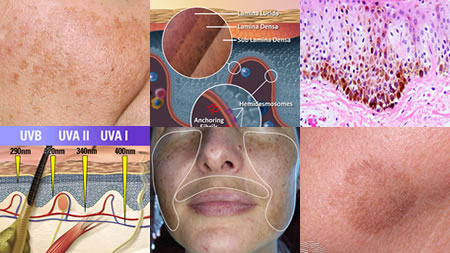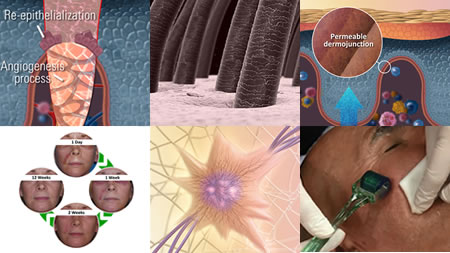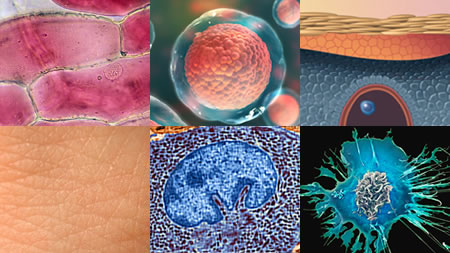Pigmentation can be a challenging condition to treat. Often, treatments fail to deliver the level of results expected. This is largely due to there not being one simple solution; especially when considering non-light based (IPL and Laser) modalities. The objective of this course is to understand how a skin care formulation can be linked to skin structure and function of the skin; in this case the formation of the melanocyte, and influence cellular processes in order to make a measurable difference to treatment programs and interventions dealing with the skin condition of pigmentation.
Pigmentation can be a challenging condition to treat largely due to there being not one simple solution. There are a number of what is termed “intervention points” along the path of pigment formation, and each requires a specific type of chemical to reduce or halt the formation of pigment.
Because there is no one chemical that can interfere with the melanogenesis process 100%, there must be a minimum of four, or best case scenario five chemical “interventions” required to have maximum success.
The objective of this class is to understand why a single solution approach will not be effective, where the intervention points are and how a skin care formulation can be linked to skin structure and function and influence cellular processes to make a difference to a skin condition such as pigmentation.
This course includes a downloadable PDF copy of the book “Cosmetic Chemistry” by Florence Barrett-Hill.
Topics covered in this one unit course include:
- Review of the melanogenesis process
- The five intervention points in melenogenesis
- Preparatory steps
- Delivery systems
- MSH inhibitors & antagonists
- Tyrosinase inhibitors
- Pigment granule inhibitors
- Melanosome transfer inhibitors
- Cellular defense systems
Recommended prerequisites and prior learning:
Other Pastiche courses; Understanding Pigmentation A-Z, Advanced Skin Analysis Module 5, or other prior learning that deals with the anatomy, histology, morphology and physiology of the melanogenesis process.
CURRICULUM
Unit of Learning – 1 Lesson
Lesson 1 – The Chemistry of Treating Pigmentation





